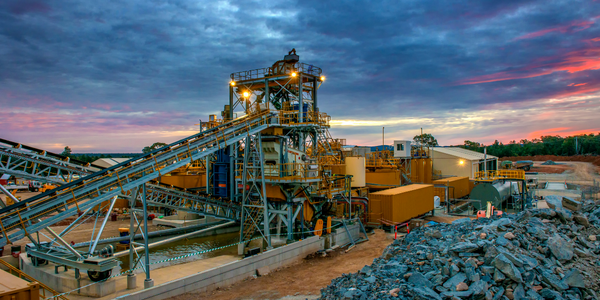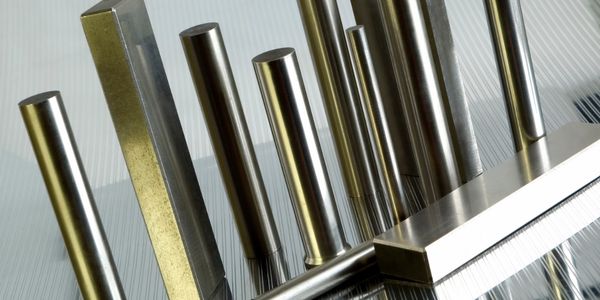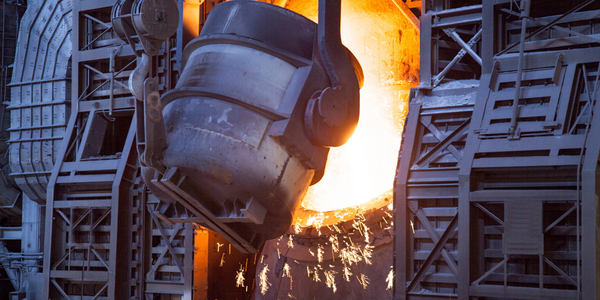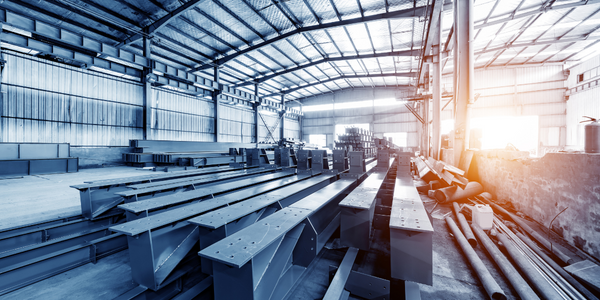Customer Company Size
Mid-size Company
Region
- America
Country
- United States
Product
- Aptean Intuitive ERP
Tech Stack
- Microsoft
Implementation Scale
- Enterprise-wide Deployment
Impact Metrics
- Productivity Improvements
- Cost Savings
Technology Category
- Functional Applications - Enterprise Resource Planning Systems (ERP)
Applicable Industries
- Metals
Applicable Functions
- Discrete Manufacturing
Use Cases
- Manufacturing System Automation
Services
- System Integration
About The Customer
American Tubing, Inc. (ATI), established in Springdale, Ark. in 1976, is a leading producer of copper components and brazed copper assemblies for use in the air conditioning and refrigeration industries. With revenues exceeding $10 million, ATI is a make-to-order shop with more than 150 employees, producing parts to individual customer specifications and prints. Prior to implementing Intuitive ERP, ATI faced a problem familiar to many manufacturers—scheduling. Customers were demanding shorter lead times and ATI’s existing ERP system was not capable of providing the information necessary to respond quickly. As a result, ATI was losing business.
The Challenge
American Tubing, Inc. (ATI) was facing a significant challenge with scheduling. Their customers were demanding shorter lead times and ATI’s existing ERP system was not capable of providing the necessary information to respond quickly. As a result, ATI was losing business. Additionally, ATI was transitioning their equipment from manual operation to automation, and they required a system that could schedule efficiently and had machine loading capability. It was crucial for ATI to view their shop floor load at any point in time, allowing them to identify potential problems and create corrective solutions on the production line before slowdowns occurred.
The Solution
ATI management contemplated rewriting their existing system in-house while they searched for other solutions. Then they learned about Intuitive ERP—a software system that offered a 100 percent Microsoft® solution. After a visit to Intuitive, ATI determined that the system functionality of Intuitive ERP would be a perfect fit for their business and licensed the Intuitive ERP base system with the Location/Lot Tracking and Shop Floor Control (SFC) options for 25 concurrent users. ATI believed it was important for their own growth to be involved with the technology from the beginning. That investment paid off for ATI. “To date, there has not been an upgrade made available that we have not considered taking the time to install as soon as we could,” said Lewis. “New versions are always faster and more feature-rich.”
Operational Impact
Quantitative Benefit

Case Study missing?
Start adding your own!
Register with your work email and create a new case study profile for your business.
Related Case Studies.

Case Study
Goldcorp: Internet of Things Enables the Mine of the Future
Goldcorp is committed to responsible mining practices and maintaining maximum safety for its workers. At the same time, the firm is constantly exploring ways to improve the efficiency of its operations, extend the life of its assets, and control costs. Goldcorp needed technology that can maximize production efficiency by tracking all mining operations, keep employees safe with remote operations and monitoring of hazardous work areas and control production costs through better asset and site management.

Case Study
KSP Steel Decentralized Control Room
While on-site in Pavlodar, Kazakhstan, the DAQRI team of Business Development and Solutions Architecture personnel worked closely with KSP Steel’s production leadership to understand the steel production process, operational challenges, and worker pain points.

Case Study
Bluescope Steel on Path to Digitally Transform Operations and IT
Increasing competition and fluctuations in the construction market prompted BlueScope Steel to look toward digital transformation of its four businesses, including modern core applications and IT infrastructure. BlueScope needed to modernize its infrastructure and adopt new technologies to improve operations and supply chain efficiency while maintaining and updating an aging application portfolio.

Case Study
RobotStudio Case Study: Benteler Automobiltechnik
Benteler has a small pipe business area for which they produce fuel lines and coolant lines made of aluminum for Porsche and other car manufacturers. One of the problems in production was that when Benteler added new products, production had too much downtime.

Case Study
Continuous Casting Machines in a Steel Factory
With a very broad range of applications, steel is an important material and has been developed into the most extensive alloy in the engineering world. Since delivering high quality is absolutely crucial for steel plants, ensuring maximum productivity and the best quality production are the keys to competitiveness in the steel industry. Additionally, working conditions in steel factories are not suitable for workers to stay in for long periods of time, so manufactures usually adopt various machines to complete the steel production processes. However, the precision of these machines is often overestimated and the lack of flexibility also makes supervisors unable to adjust operating procedures. A renowned steel factory in Asia planned to improve its Distributed Control System (DCS) of furnaces as well as addressing the problem of insufficient accuracy. However, most well-known international equipment suppliers can not provide a satisfactory solution and local maintenance because the project needed new technologies to more accurately control equipment operations. By implementing Advantech’s automated monitoring and control solution, steel factories can not only improve the manufacturing processes but can also allow users to add additional functions to the existing system so as to make sure the operation runs at high efficiency.

Case Study
Automated Predicitive Analytics For Steel/Metals Industry
Asset to be monitored: Wire Compactor that produces Steel RebarCustomer Faced The Following Challenges:Dependent upon machine uptime.Pressure cylinders within the compactor fail to control compression and speed causing problems in binding the coil.Equipment failure occurs in the final stage of production causing the entire line to stop, can you say bottleneck?Critical asset unequipped with sensors to produce data.







